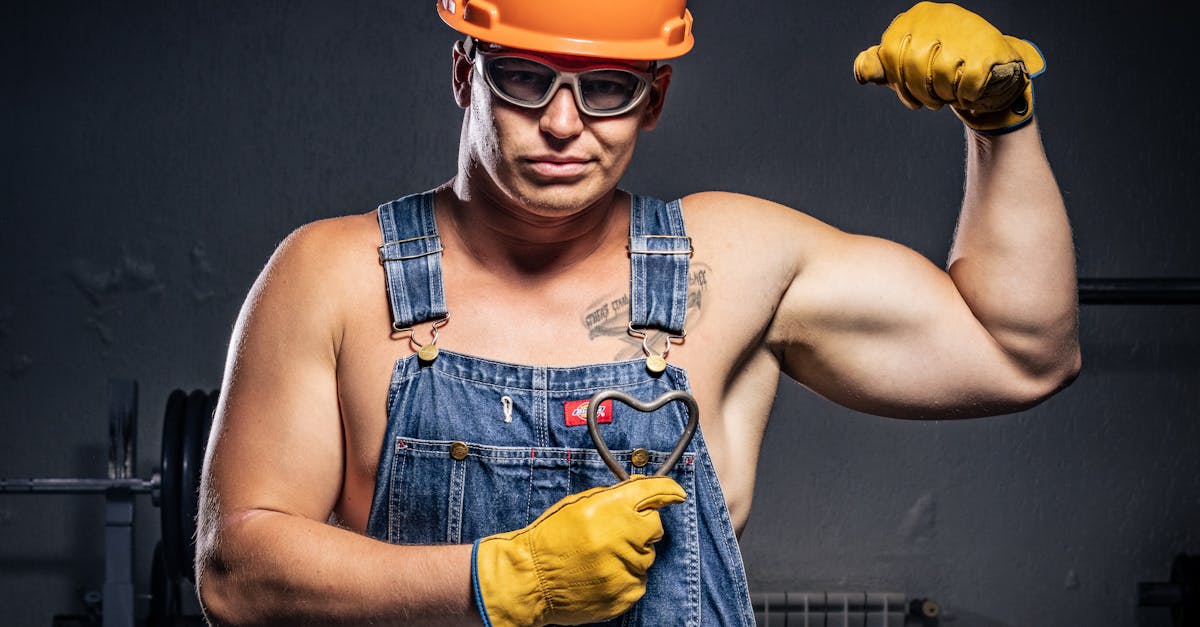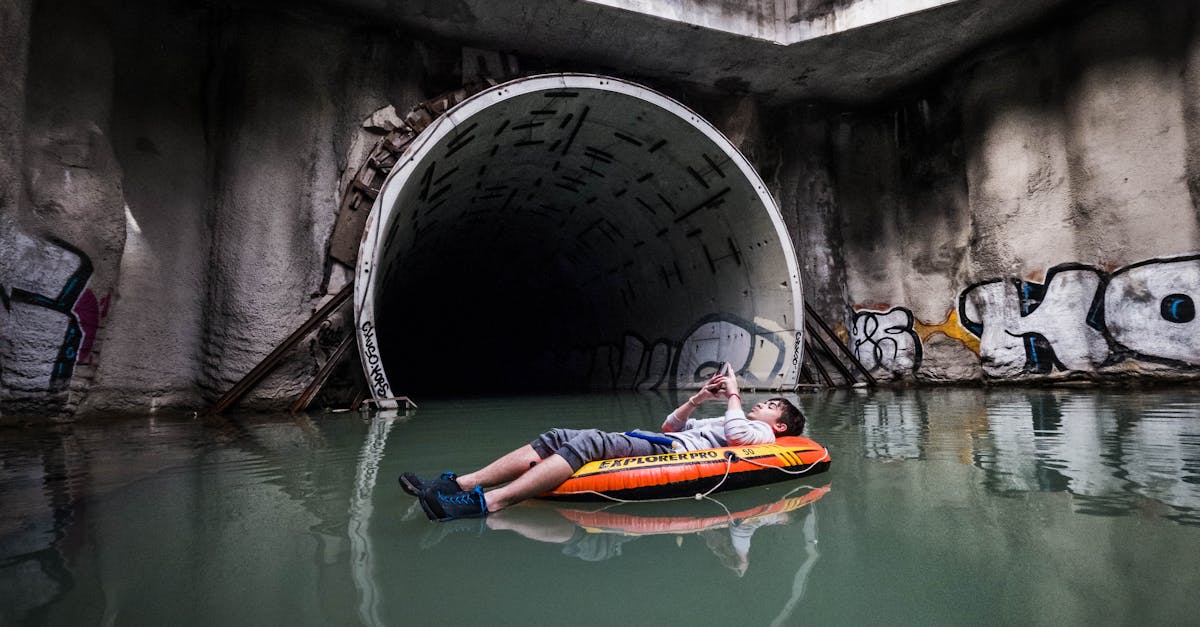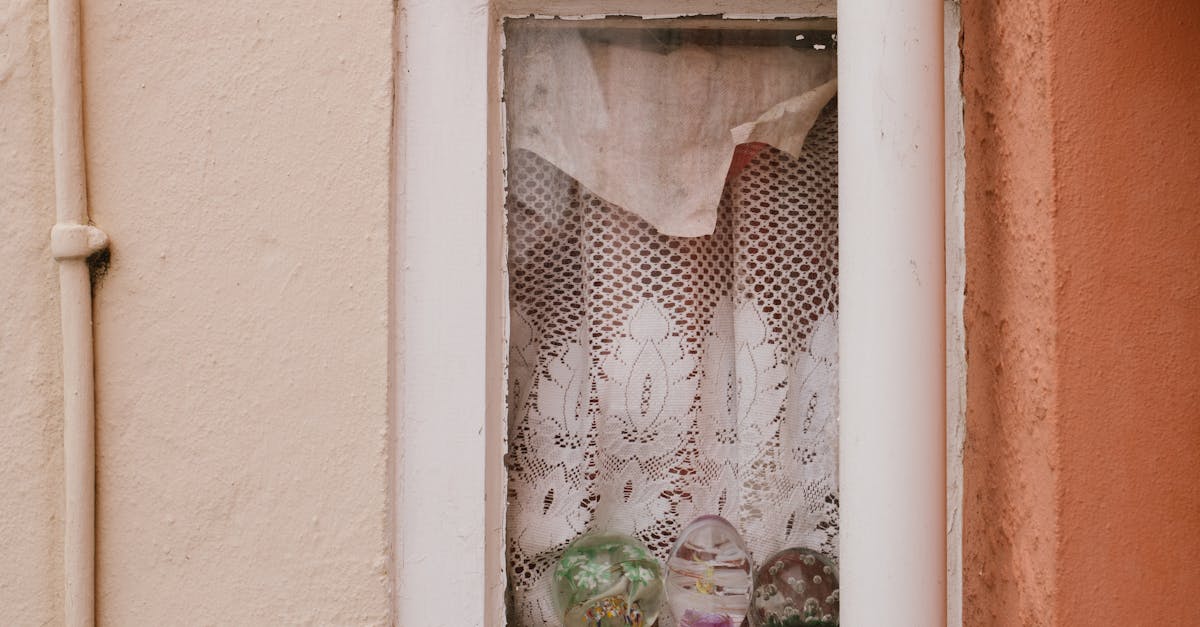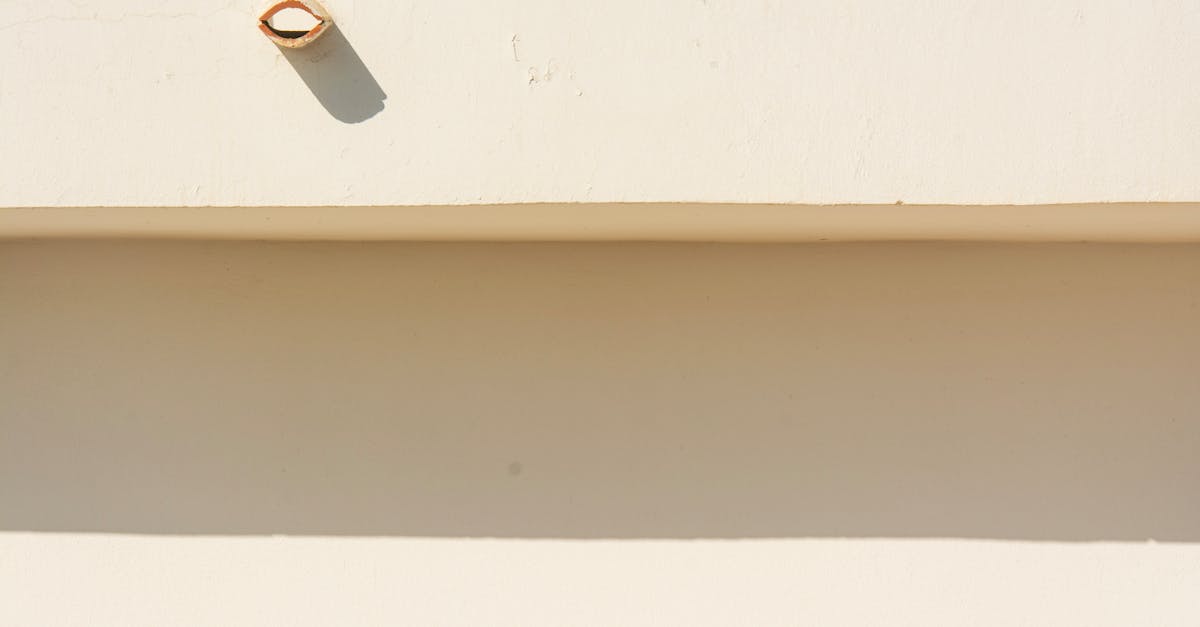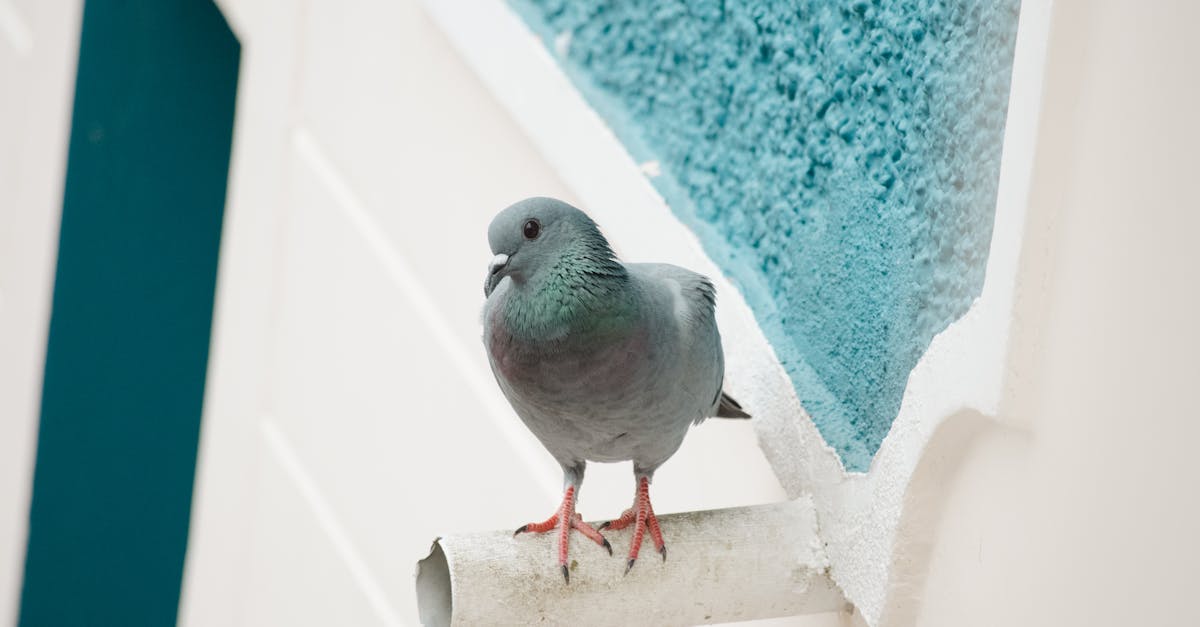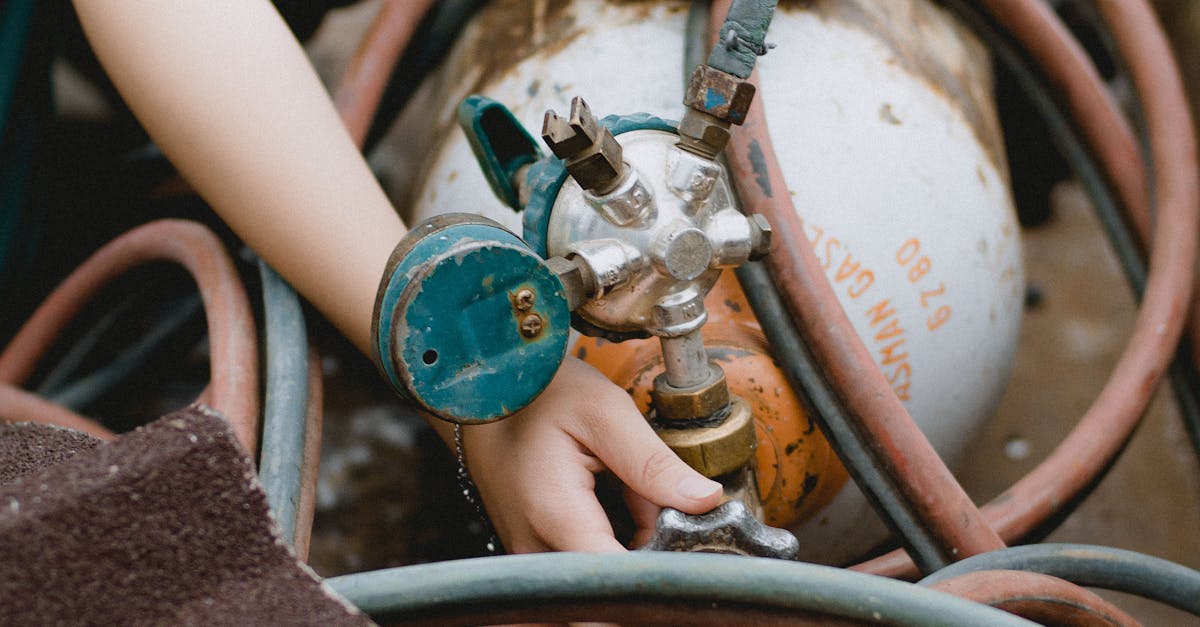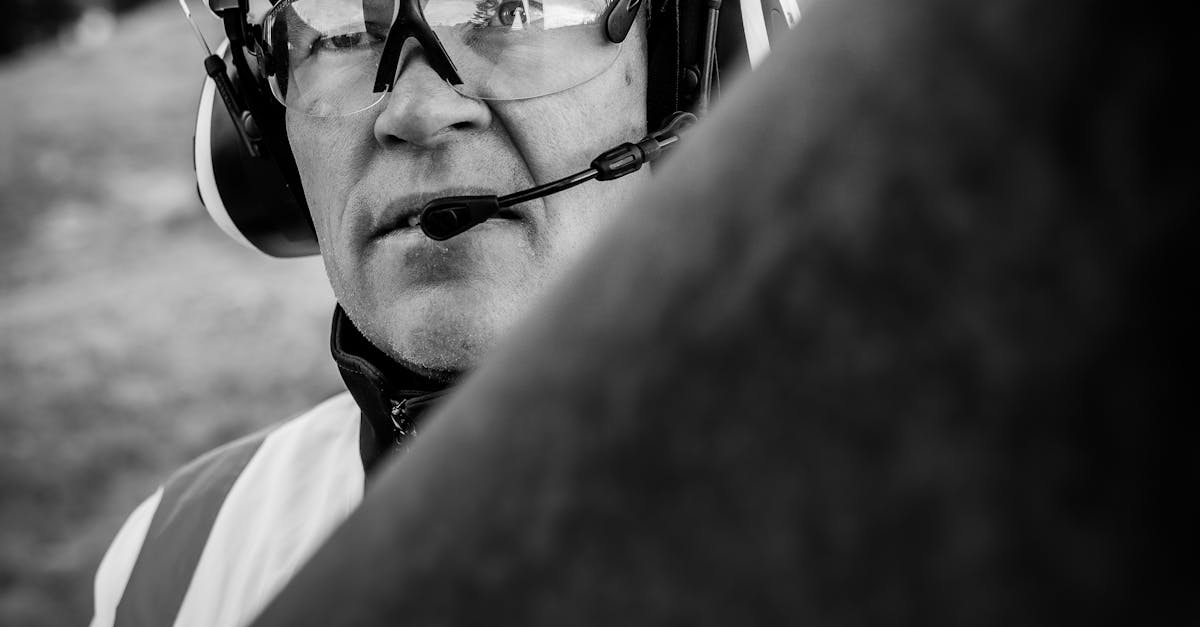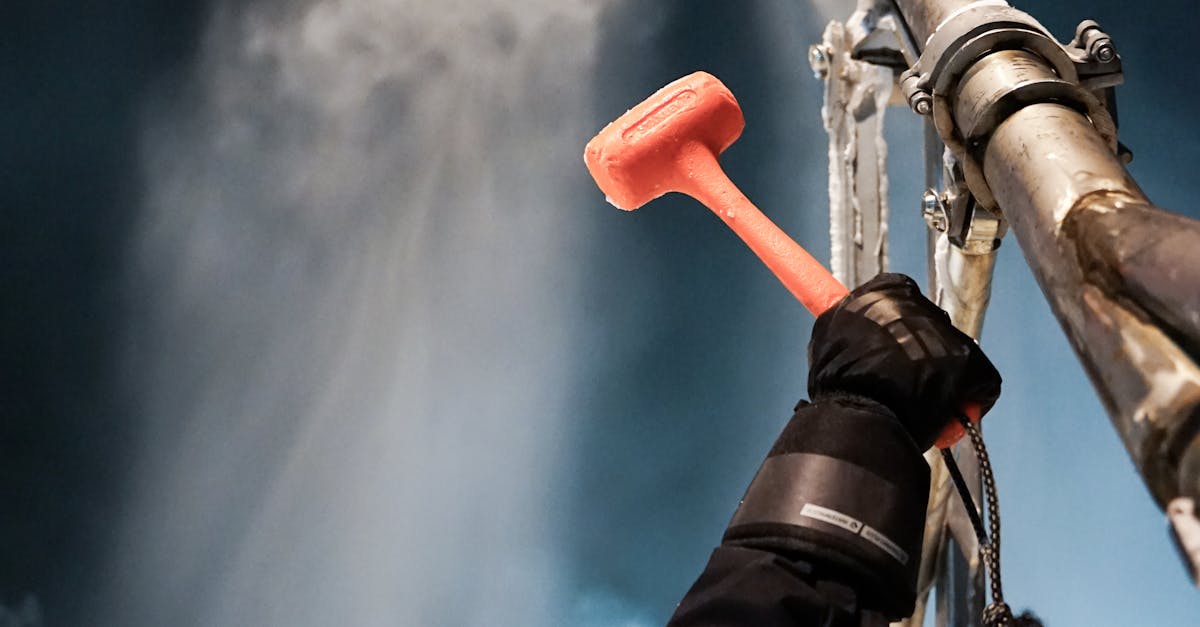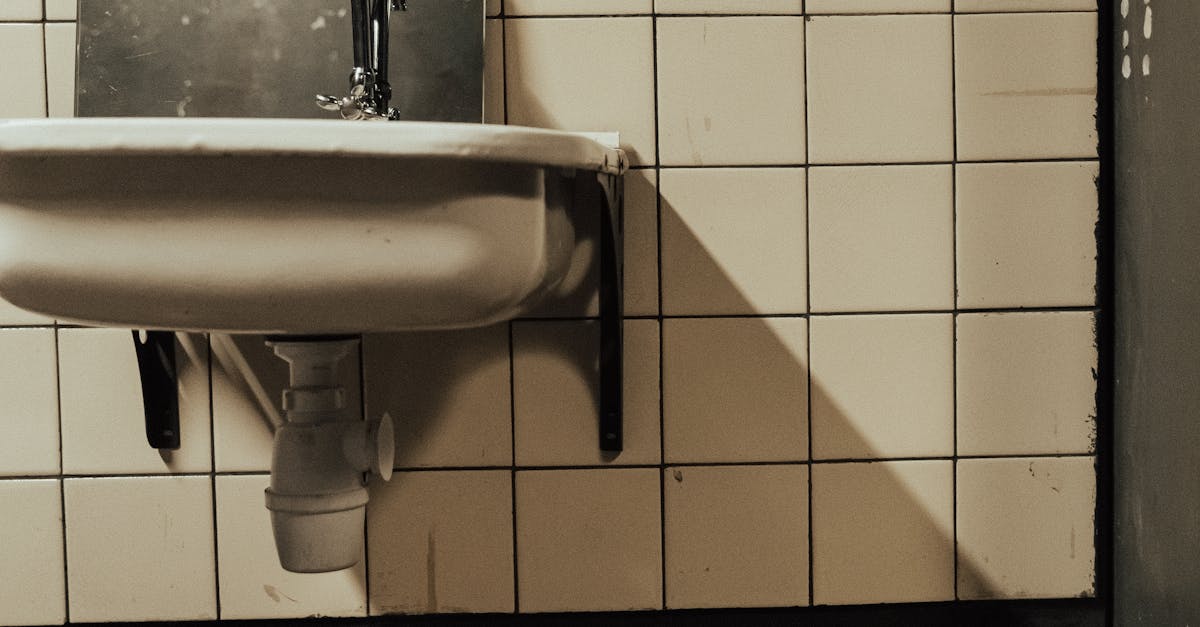
Table Of Contents
Limitations of Pipe Relining
Pipe relining offers numerous benefits, but it does come with specific limitations that must be considered. The condition of existing pipes plays a vital role in determining whether relining is a suitable option. If the structural integrity of the original pipeline is severely compromised due to extensive corrosion or significant damage, relining may not effectively restore functionality or prevent further issues.
Another important factor is the size of the pipes themselves. Pipe relining is most effective for pipes within a certain diameter range. Typically, smaller pipes, such as those under 50 millimetres in diameter, may not be ideal candidates for relining due to the difficulties in managing the lining material. Conversely, very large diameter pipes may also present challenges, making it imperative to assess the specific size and condition of the pipes before proceeding with a relining project.
Maximum and Minimum Diameter Considerations
When considering the maximum and minimum diameter for pipe relining, it is essential to understand the various limitations associated with this method. Typically, pipe relining can effectively rehabilitate pipes ranging from 50mm to 300mm in diameter. Smaller pipes may present challenges due to access and the intricacies of the relining process. Larger pipes, beyond the standard range, often require additional specialised techniques that may not fall under traditional relining methods.
Additionally, while the flexibility of liner materials can accommodate a range of diameters, it is crucial to assess the condition of the existing pipes. Factors such as the degree of deterioration or deformation can influence whether relining is a feasible option. This makes proper inspection and diagnostics a vital part of the process, ensuring that pipe relining can deliver optimal results for varying pipe sizes.
Process of Relining Pipes
The process of pipe relining begins with a thorough inspection of the existing pipes. Specialists use advanced technologies, such as CCTV cameras, to identify blockages, cracks, or any structural issues. This initial assessment is crucial to determining whether the pipes are suitable for relining. If the pipes are deemed appropriate, the next step involves cleaning them to remove debris and ensure a smooth surface for relining.
Once the pipes are cleaned, a flexible liner coated with a resin material is inserted into the damaged sections. The liner is then inflated, allowing it to conform to the inner walls of the existing pipe. The resin is activated, usually through heat or ultraviolet light, causing it to harden and form a new pipe within the old one. This technique effectively restores the integrity of the pipeline while minimising disruption to surrounding areas.
StepbyStep Overview of the Technique
The step-by-step process of pipe relining begins with a thorough inspection of the existing pipes. Professionals utilise advanced technology, such as CCTV cameras, to identify any blockages, leaks, or structural issues. This assessment ensures that the relining process is appropriate and effective for the specific pipe conditions. Once the evaluation is complete, the next stage involves cleaning the pipes to remove debris and build-up. High-pressure water jets may be used to achieve a clear and smooth surface, preparing the pipes for the relining material.
After cleaning, the relining material, typically a resin-saturated tube, is inserted into the damaged pipe. This tube is inflated, allowing it to conform to the existing pipe's shape. The resin is then cured, usually by applying heat or UV light, which creates a hardened structural lining within the old pipe. Once cured, the newly created pipe liner serves as a strong barrier against further damage and leaks. This innovative technique not only extends the life of the piping system but also minimises the need for extensive excavation.
Detection of Problems in Relining Eligible Pipes
Identifying issues in pipes suitable for pipe relining is critical for ensuring a successful installation. Advanced technology plays a key role in this detection process. Techniques such as CCTV inspections can provide a comprehensive view of the pipe's interior, allowing experts to pinpoint blockages, cracks, and other forms of deterioration. These inspections help determine whether the pipe can be effectively relined or if alternative repair methods are necessary.
In addition to visual inspections, other diagnostic tools are employed to assess the condition of the pipes. Pressure testing can reveal leaks and the structural integrity of the pipes, while sonar technology can detect changes in wall thickness. Together, these methods give a complete picture of the pipe's suitability for relining. Addressing any underlying issues before proceeding with pipe relining saves time and resources, ensuring a long-lasting solution for damaged pipes.
Utilizing Technology for Accurate Assessments
Advanced technology plays a crucial role in assessing the condition of pipes eligible for pipe relining. Techniques such as CCTV inspections allow professionals to visually inspect the interior of pipes, identifying issues like cracks, blockages, and corrosion. This real-time footage aids in determining whether a pipe can successfully undergo relining, as it provides insights into the structural integrity and cleanliness of the system.
Additionally, acoustic and thermal imaging technologies complement traditional methods, offering further data on potential leaks or weak spots. These tools provide a comprehensive overview, enabling technicians to make informed decisions about the relining process. Accurate assessments not only enhance the effectiveness of pipe relining but also ensure a more efficient repair procedure, minimising disruption and maximising the longevity of the piping system.
FAQS
What sizes of pipes can be relined?
Pipes that can be relined typically range in diameter from 50mm to 600mm, although some advanced techniques may accommodate larger sizes.
Are there any limitations on the type of pipes that can be relined?
Yes, certain limitations exist. For example, pipes that are heavily collapsed, significantly damaged, or have severe bends may not be suitable for relining.
How do I know if my pipes are eligible for relining?
A professional inspection using video technology can help assess the condition of your pipes and determine if they are suitable for relining.
Is it possible to reline smaller diameter pipes?
Yes, relining can be performed on smaller diameter pipes, typically starting from 50mm, depending on the specific method used.
What is the advantage of relining pipes instead of replacing them?
Relining pipes is often less invasive, quicker, and more cost-effective than full replacement, allowing for minimal disruption to your property.
